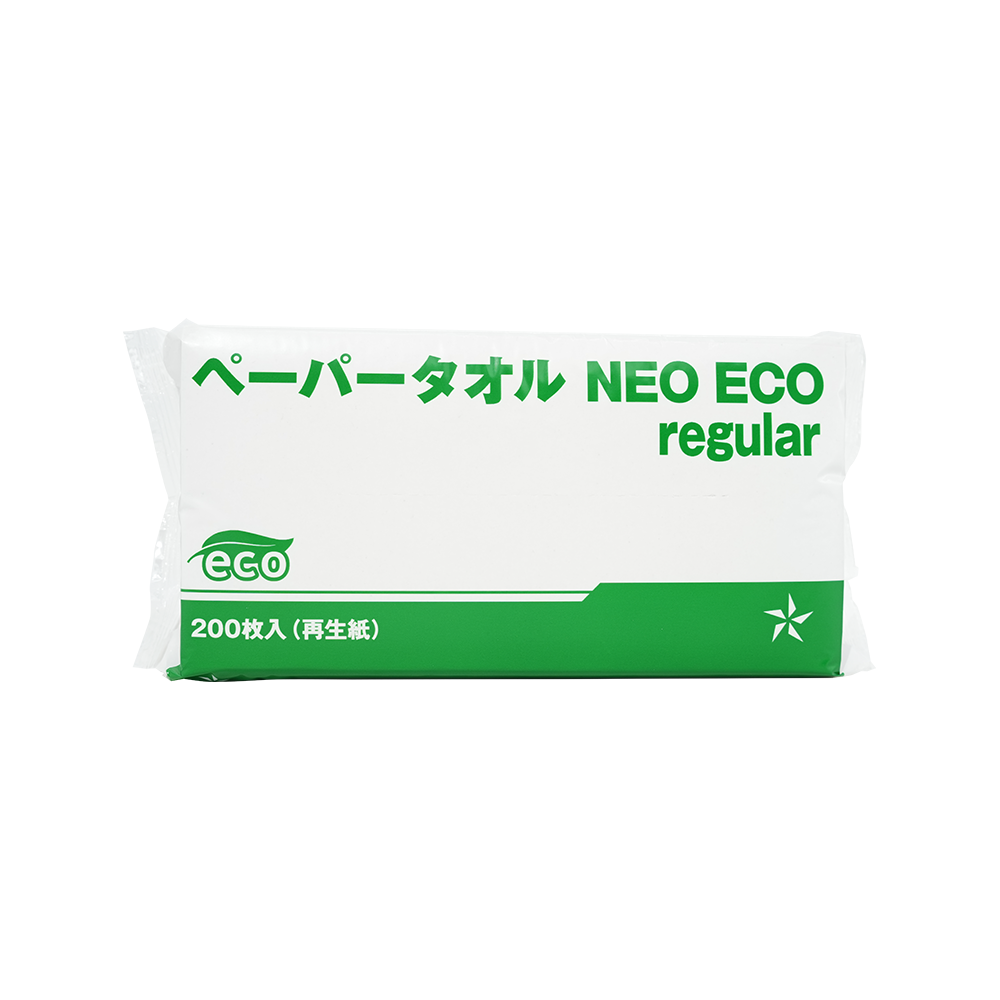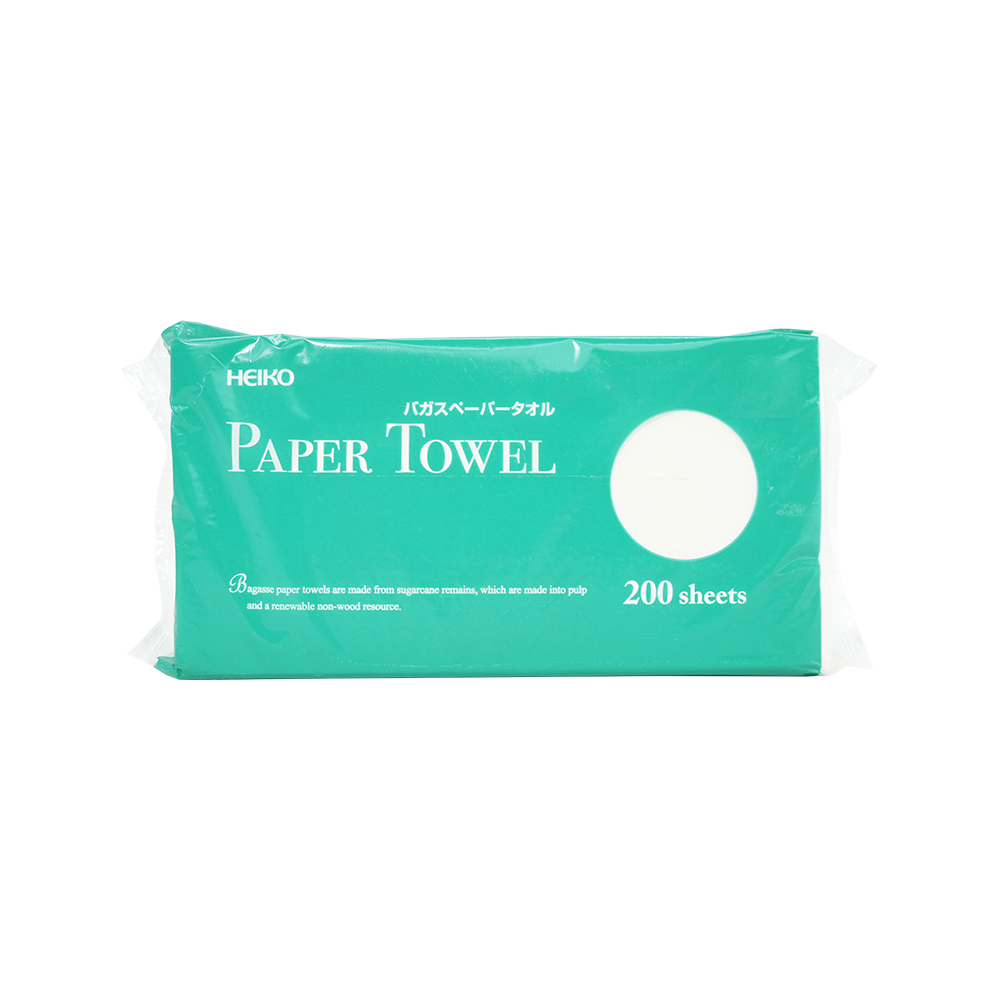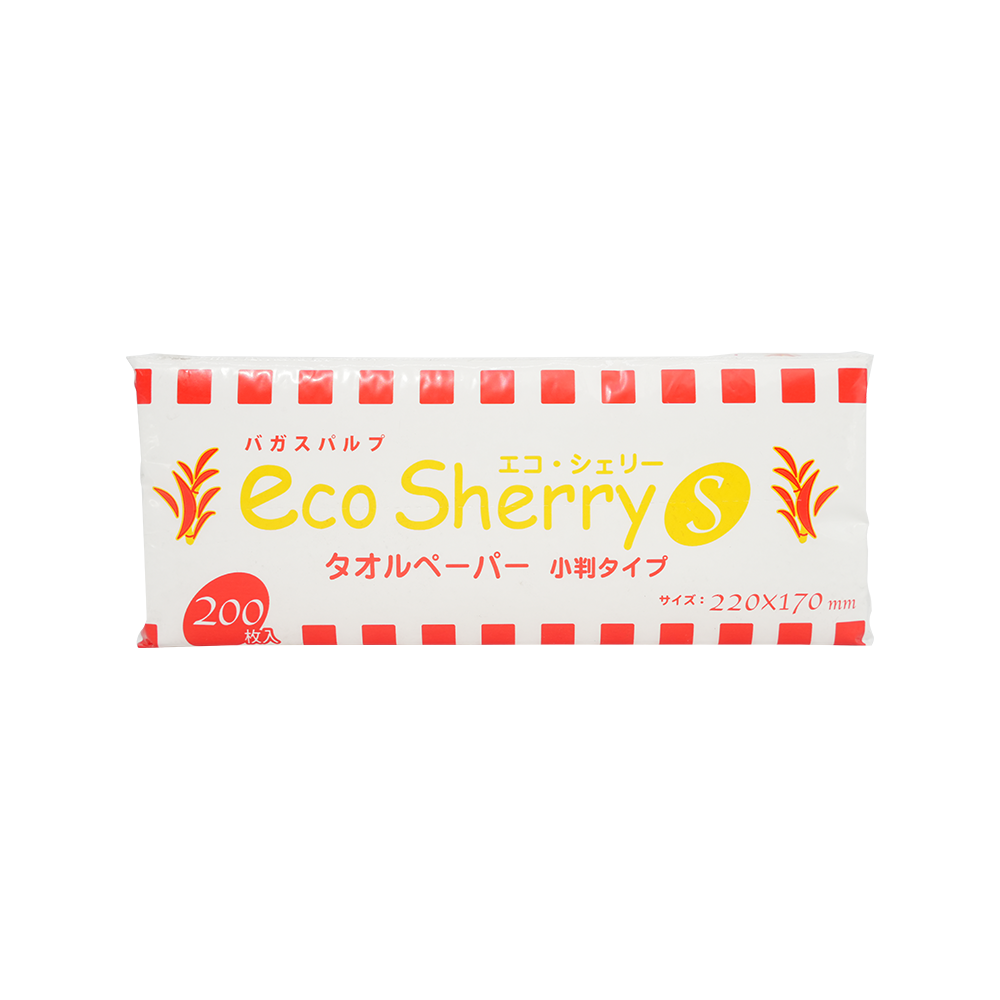How Effective Are Antibacterial Paper Towels Compared to Regular Paper Towels?
 2025.11.07
2025.11.07
 Industry News
Industry News
In today’s health-conscious environment, hygiene plays a crucial role in our daily lives. Among the many tools available for maintaining cleanliness, paper towels are a common household and commercial item. Recently, Antibacterial Paper Towels have gained attention for their claim to reduce or eliminate bacteria on surfaces and hands. But how do they actually compare to regular paper towels in terms of effectiveness?
Understanding the Basics
Regular paper towels are designed primarily to absorb liquids and provide a convenient, disposable way to clean up spills. Their structure is generally made of cellulose fibers, which are highly absorbent. They serve well for drying hands, wiping countertops, and cleaning surfaces. However, while they physically remove some bacteria during wiping, they do not actively kill microorganisms. Essentially, regular paper towels are a mechanical tool for cleaning rather than a chemical barrier to bacterial growth.
Antibacterial Paper Towels, on the other hand, are enhanced with antibacterial agents. These agents are designed to kill or inhibit the growth of bacteria on the towel’s surface or on the surface being wiped. The antibacterial properties are often achieved through the integration of substances such as silver ions, quaternary ammonium compounds, or other approved antibacterial agents. This theoretically allows the towel to not only absorb liquids but also reduce bacterial presence.
How Effectiveness is Measured
When comparing Antibacterial Paper Towels to regular paper towels, effectiveness can be evaluated based on several factors:
-
Bacterial Reduction: Studies generally test how many bacteria remain on a surface after wiping with antibacterial versus regular paper towels. While antibacterial towels can reduce bacterial counts more significantly, the difference is usually more noticeable in controlled laboratory settings than in everyday usage.
-
Surface Coverage: The effectiveness of any paper towel depends on how thoroughly it contacts the surface. Proper wiping technique plays a role in removing bacteria physically. Even antibacterial towels will be less effective if the surface is not adequately covered.
-
Duration of Effect: Antibacterial agents may continue to inhibit bacterial growth for some time after wiping. However, the residual effect is usually short-lived, especially on wet or heavily soiled surfaces. Regular paper towels have no ongoing antibacterial effect once the surface dries.
-
Types of Bacteria: Different bacterial strains respond differently to antibacterial agents. Some Antibacterial Paper Towels may be highly effective against common household bacteria, like E. coli or Staphylococcus aureus, but may have little impact on spores or viruses. Regular paper towels can mechanically remove bacteria, but they do not actively kill them.
Practical Considerations
While laboratory studies often highlight the antibacterial superiority of enhanced paper towels, real-world applications sometimes reveal a more nuanced picture.
-
Daily Cleaning: For routine spills, hand drying, or wiping surfaces, regular paper towels remain highly effective when combined with proper cleaning practices. Physically removing dirt and moisture often eliminates a large proportion of bacteria, even without chemical additives.
-
Health-Sensitive Environments: In hospitals, clinics, or food preparation areas, Antibacterial Paper Towels may offer an extra layer of protection, particularly in areas where cross-contamination is a concern. However, they should be used alongside standard hygiene protocols like handwashing and surface sanitizing.
-
Cost vs. Benefit: Antibacterial variants are typically more expensive than standard paper towels. For everyday household use, the additional cost may not always justify the marginal increase in bacterial reduction, especially if regular hygiene practices are followed.
-
Environmental Impact: Regular paper towels are generally easier to recycle or compost depending on local guidelines, while antibacterial towels may contain substances that limit their biodegradability. Users concerned about sustainability should weigh this factor.

Limitations of Antibacterial Paper Towels
Despite their appeal, Antibacterial Paper Towels are not a panacea. Some limitations include:
- Incomplete Protection: No antibacterial paper towel can guarantee complete removal or killing of all microorganisms. Users may develop a false sense of security if relying solely on the towel for hygiene.
- Chemical Concerns: Some antibacterial agents have raised questions about long-term exposure, although most commercially available products are regulated for safety.
- Effectiveness Depends on Use: The antibacterial effect is largely dependent on how the towel is used. A quick swipe over a large surface may leave bacteria behind regardless of the towel’s composition.
Combining Strategies for Maximum Hygiene
Rather than viewing Antibacterial Paper Towels as a replacement for traditional cleaning methods, they are best seen as a complement. For optimal hygiene:
- Wash hands thoroughly with soap and water before and after handling food or cleaning surfaces.
- Use paper towels to remove spills and moisture, physically eliminating bacteria.
- Use antibacterial towels selectively in high-risk areas, such as kitchens, bathrooms, or medical settings.
- Discard towels after a single use to prevent cross-contamination.
Conclusion
The comparison between Antibacterial Paper Towels and regular paper towels highlights a balance between chemical enhancement and practical cleaning. Antibacterial towels can reduce bacterial counts more effectively in certain conditions, but the difference may be less pronounced in everyday household use. Regular paper towels, when combined with proper hygiene practices, remain a reliable and cost-effective solution for maintaining cleanliness.
Ultimately, the choice between antibacterial and regular paper towels depends on the specific needs of the user. In environments where extra hygiene precautions are necessary, antibacterial towels can provide added protection. For general household use, consistent cleaning and proper handwashing are often sufficient, making regular paper towels a practical and environmentally friendly option.
By understanding the strengths and limitations of each type, consumers can make informed choices that balance hygiene, cost, and sustainability without relying on marketing claims alone. Proper use, rather than product type alone, remains the key to effective hygiene.


 English
English 日本語
日本語 한국어
한국어








